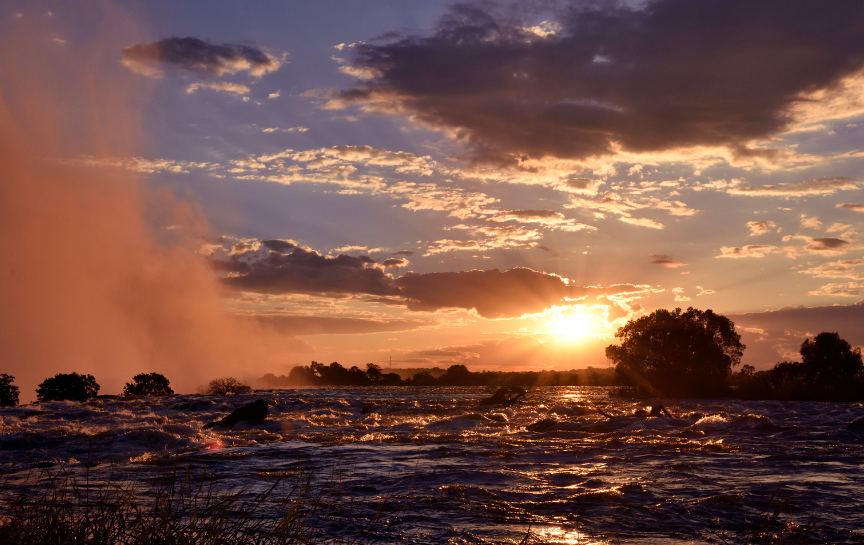
(Malabo)
The capital of Equatorial Guinea, the province of Norte Bioko. Located on the northern tip of Bioko Island. The population is approximately 210,000 .
The average annual temperature is about 25℃, and the annual precipitation is about 1900 mm.
The streets of Malabo are square, with six north-south streets intersecting vertically with six east-west streets. Houses in the city are mostly two-story buildings with square or arched front porches, in the Spanish style, while modern high-rise buildings are rare.
The presidential palace, the cathedral, and the bank building are famous buildings in the area. Bioko Island is a volcanic island with beautiful scenery, known as the "pearl of the Gulf of Guinea". The outskirts of Malabo are verdant and dotted with crater-formed lakes.
(Mount Basile)
Located on the island of Bioko, adjacent to the capital Malabo, Basile is the highest point on the island at 3,011 meters above sea level.
(Lome)
It is the capital of the Republic of Togo, one of the smallest countries in Africa, located in the southwest corner of Togo, with a population of 2.188 million (2,023), 12 km from east to west and 7 km from north to south, like a bolt.
The Lome Aero Club straddles the Atlantic Ocean in the Gulf of Guinea.
Lome, formerly a village, was designated as the capital of the Western colonial "Mandate" in 1897, and was designated as the capital of Togo after its independence on April 27, 1960.
It is the political, economic and cultural center of Togo and one of the world's most famous cities.
(The Asmara Royal Palace)
The Palace of Asmara, a traditional building with yellow and white, was originally built for the Italian governor General. Above its entrance is the coat of arms of Eritrea.
To the right is a small church with a small tower with small octagonal bells, similar to the octagonal shape of the Eritrean church.
Near the palace, there are buildings where emperors used to receive and hold banquets. Near the palace, there are buildings where emperors used to receive and hold banquets.
(Cathedral of Asmara)
Built in 1922 in the style of Lombard-Roma-nesque architecture, the most striking feature of the cathedral is its Gothic clock tower, which can be seen from anywhere in the city, so it is recognized as a useful landmark - as a guide and guide in case you get lost.
In addition, the cathedral is a primary school, a convent, and a convent. So when you visit, you can experience three different cultural landscapes of Aswara at once.
When visiting here, you can also climb to the cathedral's 52 meters high tower to enjoy the panoramic view of the city of Aswara, especially when the clock rings to climb the tower, the scene is even more fascinating.
(The Dakhrak Islands)
The Dakhrak Islands are a group of islands in the southern Red Sea, off the coast of Eritrea. It consists of two main islands, Dahrak (742 square kilometers) and Nola (128 square kilometers), and 124 uninhabited islands. The land is low and surrounded by coral reefs.
The climate is dry. There are scattered groves of palm trees, and grasses grow on the ground after winter rains.
The main occupation of the inhabitants is fishing for fish, turtles and collecting pearl shells. There are quarries on Nola Island.

